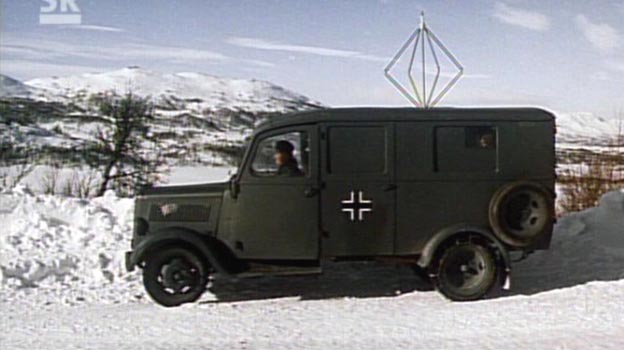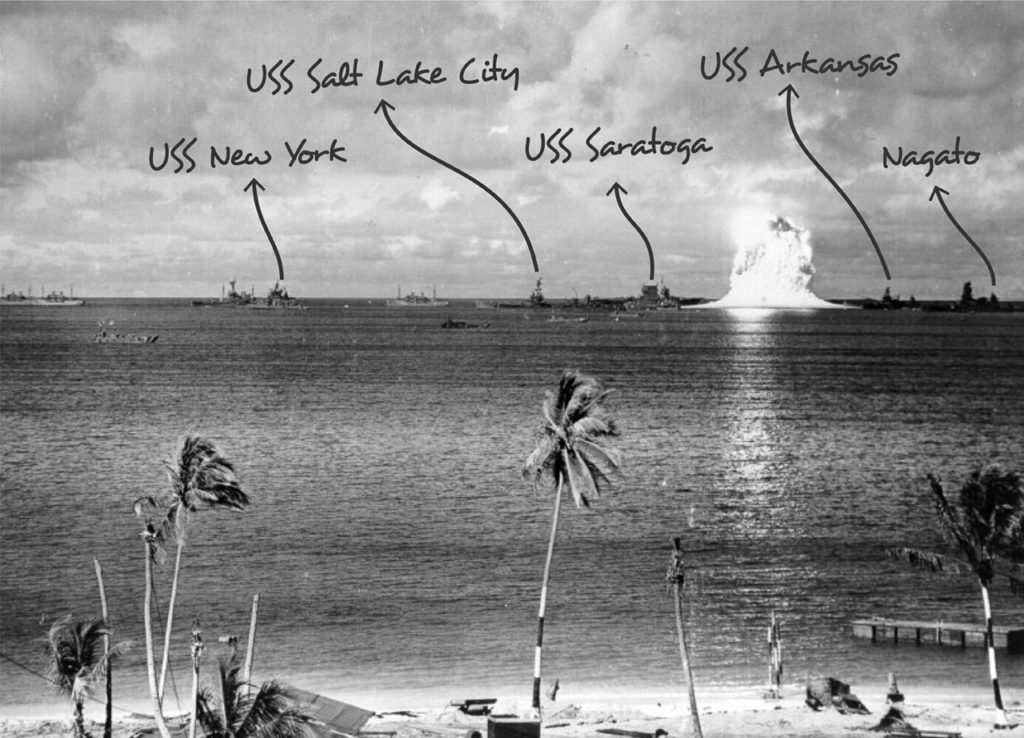Besides, there are stealth drones in Russian (Chinese?) service that can loiter far outside the CSG and monitor it's position.
But so what if the CSG moved?
They can only move at 35 miles an hour. And they are a GIGANTIC target.
Stealth does not mean "invisible". And the US has among the best EW and ECM systems in the world.
You seem to forget, a drone needs to talk to their home base. Signals that can be detected and intercepted or blocked.
And if you think a carrier is a "gigantic" target, the ocean is even bigger.
Tell you what, let's play a game. I will give you the number of a city bus in Los Angeles. Just a standard city bus, they are pretty big. And the roof is white with the numbers easy to see in big black letters.
I will make it even easier, not even LA, just the San Fernando Valley, only 260 square miles. Just find bus number 8285 in less than 300 square miles. And that is a significantly smaller area than you would have to search for a carrier. And the bus in my challenge is static, it will never move until Google updates the image again. But as you said, the CSG will be moving at around 30 knots constantly, in directions unknown to the adversary.
Hell, I will make it even easier! The southern half of the central San Fernando Valley. We surely now are talking about less than 100 square miles. Surely, you can find a static bus in 100 square miles with ease.
Google Maps
Find local businesses, view maps and get driving directions in Google Maps.
 www.google.com
www.google.com
Start looking, maybe you will start to get an idea how hard it really is. Also, feel free to locate the USS Essex (LHD-2), and USS Makin Island (LHD-8). Once again, they are not moving at all, those should be easy for you to find.




